Questions:
1. Which is better and why?
2. Will it plug up pin holes, etc.?
3. Can I or should I spray the interior of the lowers and uppers - will it affect tolerances?
Use: AR-15 new build - both upper and lower.
Reason: desire a more scratch resistant and durable finish than factory.
Color: traditional AR black.
Tools: I have an airbrush and compressor.
Thanks so much for your time, wisdom and knowledge!
1. Which is better and why?
2. Will it plug up pin holes, etc.?
3. Can I or should I spray the interior of the lowers and uppers - will it affect tolerances?
Use: AR-15 new build - both upper and lower.
Reason: desire a more scratch resistant and durable finish than factory.
Color: traditional AR black.
Tools: I have an airbrush and compressor.
Thanks so much for your time, wisdom and knowledge!







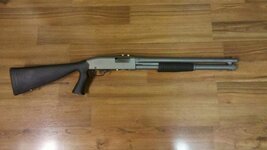
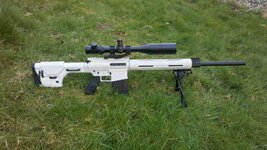
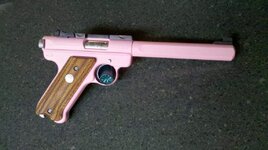

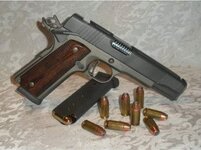


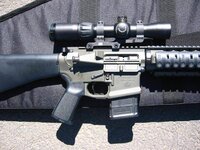
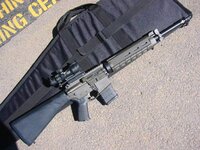

 Then you just might have done it enough. Also, beware of oil in your compressed air supply. Unless you're using a small oil free diaphragm type compressor, there is the risk of fine oil particles in the air. If blowing down after degreasing, make sure you have a good filter on the line designed for catching the fine oil droplets. Better yet, just air dry after the final degrease.
Then you just might have done it enough. Also, beware of oil in your compressed air supply. Unless you're using a small oil free diaphragm type compressor, there is the risk of fine oil particles in the air. If blowing down after degreasing, make sure you have a good filter on the line designed for catching the fine oil droplets. Better yet, just air dry after the final degrease.




